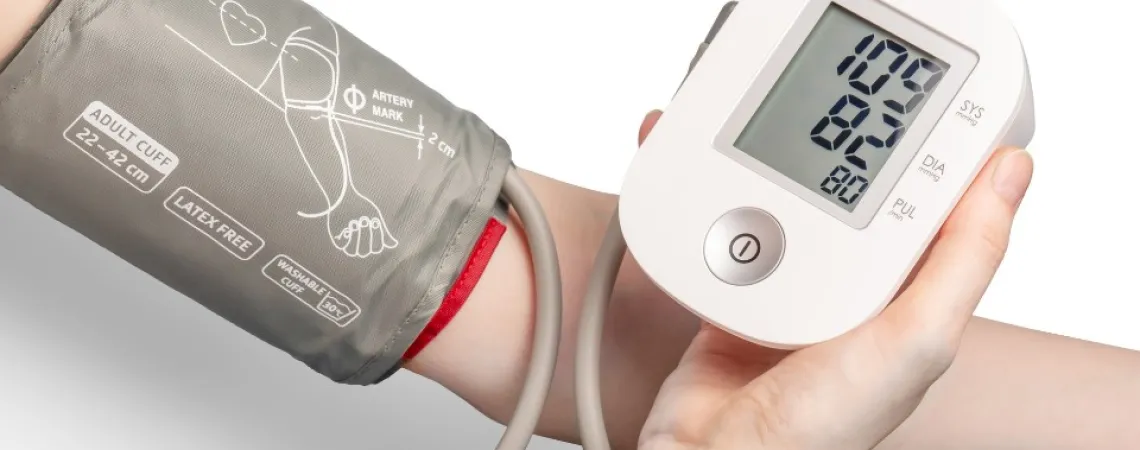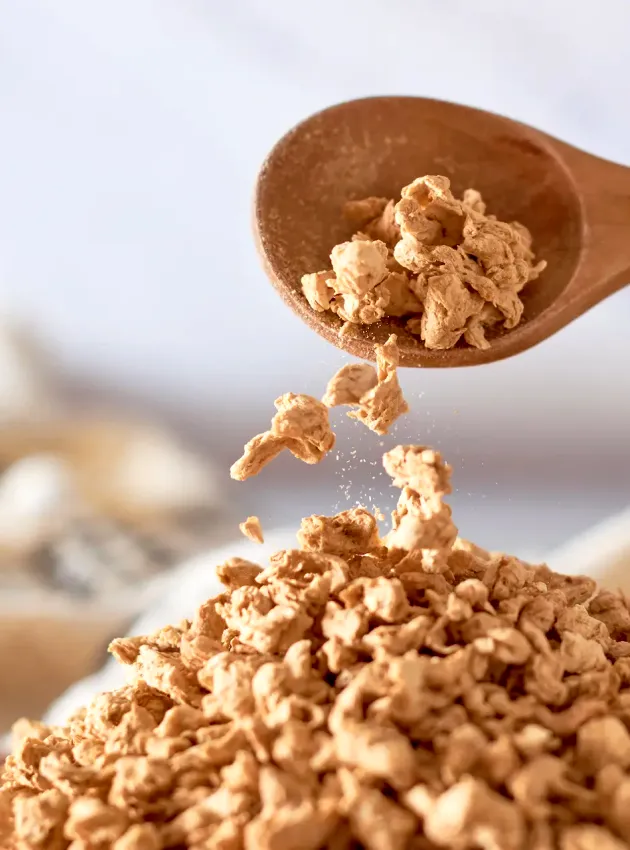
Before seeking to reduce high blood pressure, it is essential to understand the phenomenon. The pressure in our blood vessels is necessary to allow the heart to pump blood and deliver oxygen and nutrients throughout our bodies. However, when the pressure in the vessels becomes too high, it can lead to health problems. Therefore, it is important to take measures to reduce hypertension and protect our blood vessels.
Diet, physical activity, sleep, stress management techniques, and medication are factors that can help reduce high blood pressure. Regarding diet, it is important to consider sodium intake. Sodium present in foods can increase blood pressure by attracting water into the vessels.
Diet plays a key role in our health and can be considered as medicine that we take every day, multiple times a day. Therefore, it is essential to make wise dietary choices to take care of our health and reduce healthcare expenses. Here are five simple and practical tips to reduce your sodium intake.
1. Reduce Consumption of Processed and Ready-to-Eat Foods
Some processed foods, such as cheese and deli meats, as well as canned foods, naturally contain sodium. However, many processed foods are formulated to be tasty and addictive, resulting in high amounts of added salt, sugar, and fats to appeal to our taste buds while reducing production costs. It is important to limit the consumption of these processed foods.
2. Increase Your Consumption of Fresh or Frozen Fruits and Vegetables
Fresh or frozen fruits and vegetables naturally contain a small amount of sodium, but much less than processed foods. If you find fresh fruits and vegetables expensive, wait for special offers to do your shopping. It's worth it for your health.
3. Choose Foods Labeled "No Salt Added" or "Low in Sodium"
Foods bearing these labels are regulated by Health Canada and generally have a low sodium content. However, be cautious of the "25% less salt/sodium" label, as it means there is still 225% sodium compared to the original version. It is best to choose foods with the lowest sodium content possible.
4. Cook More at Home
When you cook for yourself, you have control over the ingredients used. Opt for low-sodium foods and avoid adding too much salt during preparation. The taste will naturally develop as the flavours blend. Use spices, herbs, and vinegars to season your dishes while cooking. It is better to add a minimal amount of salt once the dish is on your plate, maximizing taste pleasure while minimizing added salt.
5. Take the Time to Savour Your Meals
How often do we eat mindlessly or finish our meal in less than 10 minutes? More often than we'd like to admit. Why not take the time to savour each bite and fully appreciate the flavours of your meal? By eating more slowly, you will be more satisfied, often eat less, and your health will benefit, as will your wallet.
In conclusion, reducing high blood pressure through a balanced diet does not require breaking the bank or sacrificing taste. By making wise dietary choices, such as reducing the consumption of processed foods, increasing the consumption of fresh fruits and vegetables, choosing low-sodium foods, cooking at home, and practicing mindful eating, you can contribute to lowering your blood pressure and improving your health. Remember that gradual and sustainable changes in your dietary habits are essential for positive results. Also, consult a healthcare professional, such as a nutritionist, for personalized advice tailored to your situation. Take care of your heart by making good dietary choices and adopting a healthy lifestyle.





